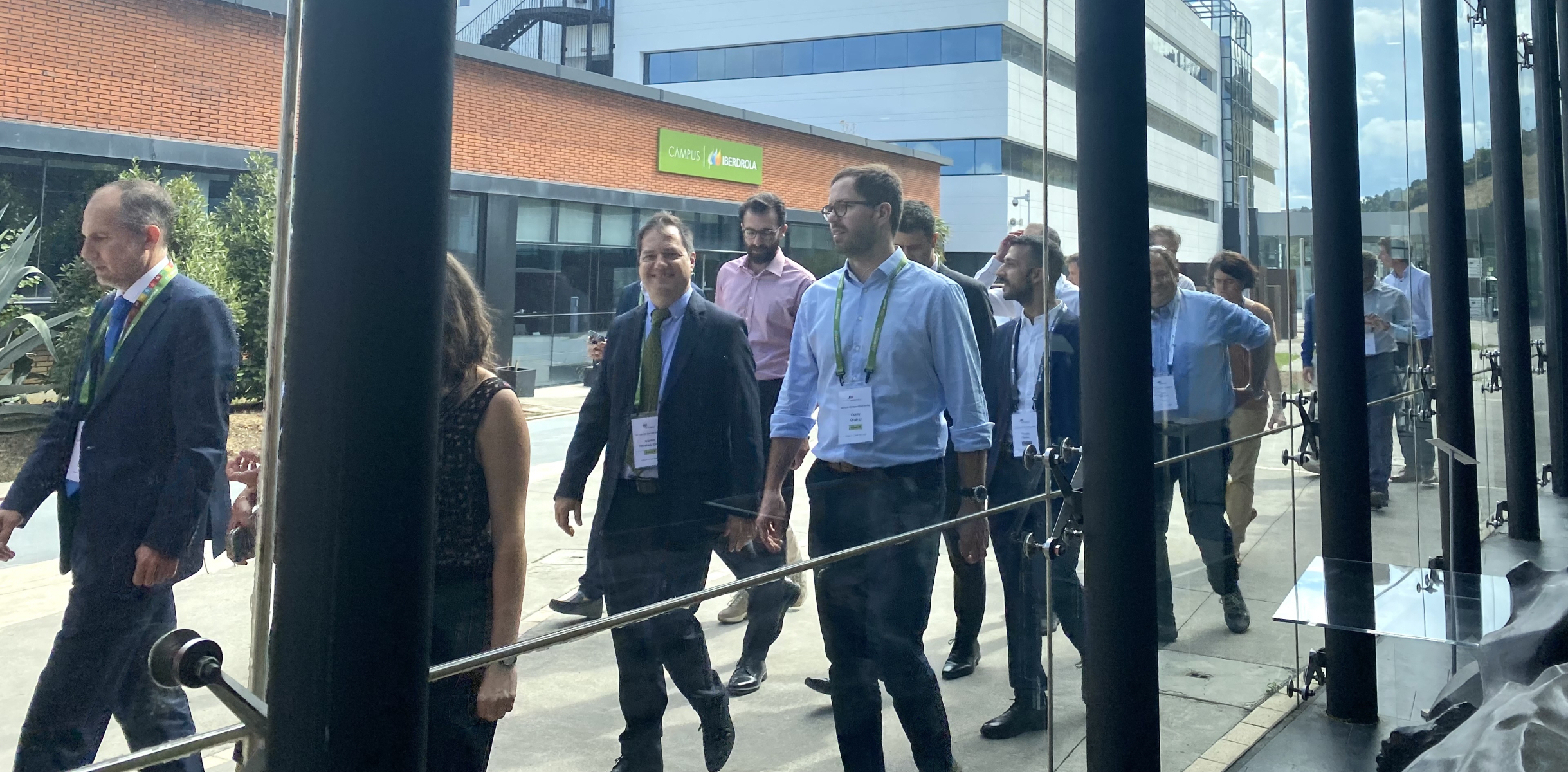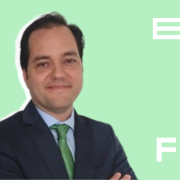The way towards BeFlexible: I-DEs role
Article by Fernando David Martín Utrilla, BeFlexible project coordinator from i-DE (Iberdrola Group)
The use of flexibility for electricity networks is currently of utmost relevance in the European energy agenda. In BeFlexible project we are aware of the importance of unlocking the potential flexibility of the distributed energy resources to provide value for DSOs and customers.
High-level European Commission policies like the European Green Deal, Fitfor55 and the most recent REPowerEU stress the need to develop efficient mechanisms to deploy a more flexible use of energy across Europe, and particularly in electricity networks.
European policies and the call for a more flexible energy use
It is clear that the energy transition does not need innovation as usual. It is not about implementing a new technology that brings advantages for the system, but about carrying out a big transformation in grid operation and planning processes. i-DE, Iberdola Spanish distribution company, have made a long journey to be able to assess the scalability and the feasibility of the flexibility solutions and the transformations that are needed.
So far, i-DE projects experience has brought us to a better position to understand what may come, and to help to propose regulatory needs. In the technological context, many barriers were already tackled. But in the regulatory context, we started from scratch.
In this journey, we needed to explore firstly all possible scenarios to see how this transformation could affect our processes, share experiences with other countries and keep the alignment with Europe.
That is the vision with which we faced the CoordiNet project. In this project, which ended in 2022, TSO/DSO coordination was successfully addressed. It considered different coordination schemes, the concerns of both operators and the necessary exchanges of information between them.
However, local flexibility markets for medium and low voltage networks, which are also important for us (DSOs) needed further study.
Advancing local flexibility markets
For this reason, then, in the OneNet project, that concludes at the end of this year, the approach of the Pilot was focused on the local market in the Spanish demo. The wholesale market operator is participating with us and a prototype for the local market has been developed very much in line with what was developed in the United Kingdom in terms of flexibility products for the short and long term congestion management needs.
Even all this we are testing has a basis in the needs of the networks, we cannot forget that at the center of everything is the customer.
And that is exactly the BeFlexible project approach. It is a four-year project that we started in September 2022.
 BeFlexible’s Kick Off Meeting in September 2022
BeFlexible’s Kick Off Meeting in September 2022
Putting customers at the center: BeFlexible project’s approach to incentivizing flexible solutions
The incentives for the consumers and generators are the key to the success of flexible solutions. And these incentives must be based on how solution implementation affect them.
That is why in BeFlexible we have moved the focus to what is on the other side of the markets. We are working on finding a way to have liquidity in the flexibility markets based on New Regulation, on Platforms, on Customer strategies and on the Services Ecosystem (both for system operators and for customers).
The new regulation has to define very clearly the roles of all the actors involved. Not only the new responsibilities of DSO as system operator of the distribution network, but also the responsibilities of the aggregators, flexibility providers, and other new roles that emerge such as energy communities, charging point operators, generators, suppliers, etc.
Building a regulatory framework, platforms, and service ecosystem for flexible solutions
Regarding Platforms, a proper information exchange among system operators, flexibility providers and aggregators is necessary. A grid data and business network platform (GDBN) will be developed to facilitate an adequate exchange of information for the whole value chain.
Our objective is also to ensure that there is a relevant offer to each market actor to be involved into a flexibility solution with the definition of meaningful easier-to adopt value propositions on which business models can be based. A plan to engage customers from the beginning has been defined, considering the recruiting, onboarding and servicing challenges with the proposition of customer engagement strategies.
And last but not least, the definition and adaptation of a service ecosystem offering a broad portfolio of flexibility and cross-sector solutions for end-users will be carried out.
Hopefully, we will be able to reach the end of the project with a much certain scenario on the applicability and usefulness of flexibility services, since with this new approach the needs and expectations of all actors involved are being addressed. With the development of regulatory sandboxes in parallel with the BeFlexible project we will be able to finish designing the new scenario of the flexible network required by the energy transition and European regulation.
Stay tuned about BeFlexible by following us on LinkedIn and Twitter!

